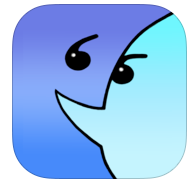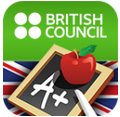Gaming is becoming ubiquitous with language learning, and many enthusiasts are sharing their ideas and reflections on their blogs, like Graham Stanley (https://gamifyingelt.wordpress.com/) and Paul Driver (http://digitaldebris.info/).
Scribblenauts is not a explicitly a language learning app, but you can create items by typing them on the screen, and they appear, so in a sense it is very appropriate as an app to learn and practice English by gamifying the learning.
The idea behind Scribblnauts is that you create a super hero or super villain persona, and use the power of your imagination to create objects that are used to solve puzzles.
Available for iPad, iPhone, iPod Touch, Android Phone and Windows Phone.









